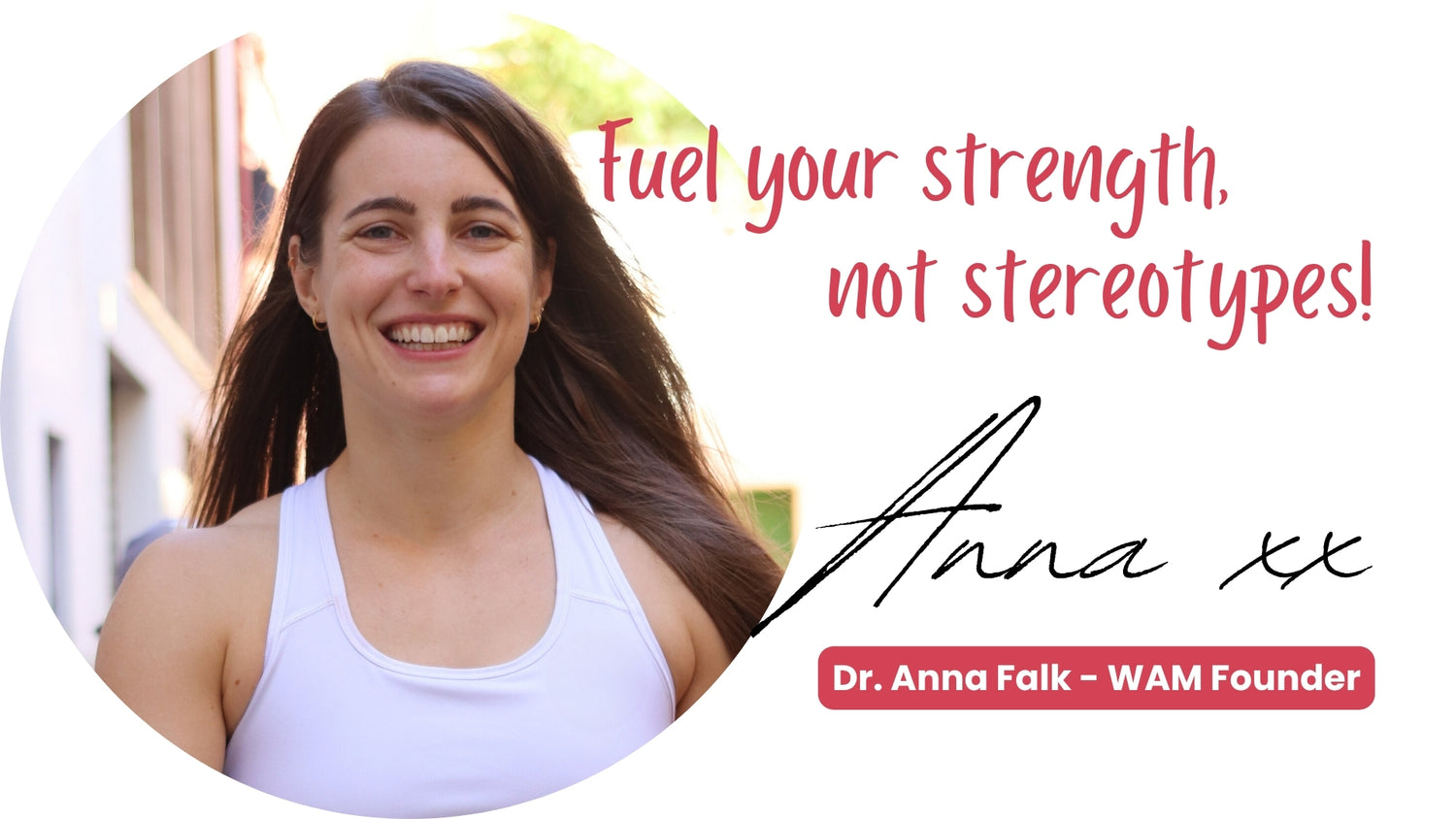Heavy Metals & Testing

Why we’re sharing this
At WAM, we believe that strength comes from knowledge as much as it comes from training. That’s why we want to be transparent about what goes into your protein powder - including the things you might not think about, like heavy metal testing.
Our goal is to make science easy to understand, so you can make informed choices with confidence.
What are heavy metals?
“Heavy metals” are naturally occurring elements with a high atomic weight and density. The ones most relevant to food safety are lead, cadmium, arsenic, and mercury, as they can become a threat to human health with high level or long term exposure.
These elements are part of the earth’s crust and can be found in soil and water. Because of that, trace amounts can appear in almost all plant-based foods and accumulate even more in animal products, when the animals eat the plants. But this doesn’t mean the food is unsafe - what matters is the level of exposure.
Why this matters for protein powder
WAM Protein is made from plants - mainly soy, pea and rice protein.
Since these crops grow in soil, they naturally absorb minerals from their environment. That includes beneficial ones (like zinc and iron) and naturally occurring trace amounts of heavy metals.
These trace levels are found in almost every type of food - from vegetables, grains and nuts to eggs, meat and fish. The key point is that they stay well below the safe limits defined by food safety authorities.
How WAM ensures product safety
We follow a multi-layered testing and verification process to make sure every ingredient and product meets strict EU safety standards.
1. Supplier Certificates of Analysis (COA)
Every raw ingredient received comes with a batch-specific Certificate of Analysis (COA) from the supplier.
These certificates include all legally relevant parameters - such as microbiological results, pesticide levels, heavy metal levels, and nutritional data - and confirm compliance with EU regulations.
2. Manufacturer quality control
Our production partner re-tests ingredients regularly and monitors all incoming raw materials according to an internal monitoring plan that includes heavy metals, microbiology, and other quality parameters.
All suppliers comply with Regulation (EU) 2023/915, which defines the maximum permitted levels of certain contaminants in food.
3. Independent third-party testing
To go one step further, we also randomly test samples of our finished products with an independent, accredited laboratory (Eurofins).
This ensures full transparency and provides an external verification of what’s already confirmed by our suppliers and manufacturer.
Are there really heavy metals in everyday food?
Yes - and that’s completely normal.
Heavy metals are part of the natural environment, and tiny trace amounts are found in most foods. For example, a 2023 analysis by the U.S. FDA’s Total Diet Study found naturally occurring trace levels in products like grains, pulses and seafood.

What are the safe levels?
In the European Union, limits apply for food supplements under Regulation (EU) 2023/915.
Our supplier and manufacturer testing confirm that all WAM ingredients stay well below these levels.

WAM’s independent test results
To give you full confidence, we randomly submit samples of our finished products for independent analysis at Eurofins, one of Europe’s leading accredited food testing laboratories.
The results confirm that all tested heavy metals are far below the maximum allowed levels for food supplements defined by EU regulations.
All future COAs will be made available for download below once validated.

Putting it into context
Trace elements are not a sign of contamination - they are naturally present in most foods, from oats and rice to spinach and nuts.
What matters is that levels stay well below what’s considered safe, and that testing is consistent and transparent.
At WAM, we test beyond what’s required, because we believe that trust is built on facts - not fear.
Learn more
If you’d like to read more about heavy metals and food safety, check out these resources:
- European Food Safety Authority (EFSA) - Contaminants in Food
- Regulation (EU) 2023/915 on Maximum Levels for Contaminants in Foodstuffs
We’re here to empower you with science-based transparency - because knowing what’s in your protein is part of being strong.

